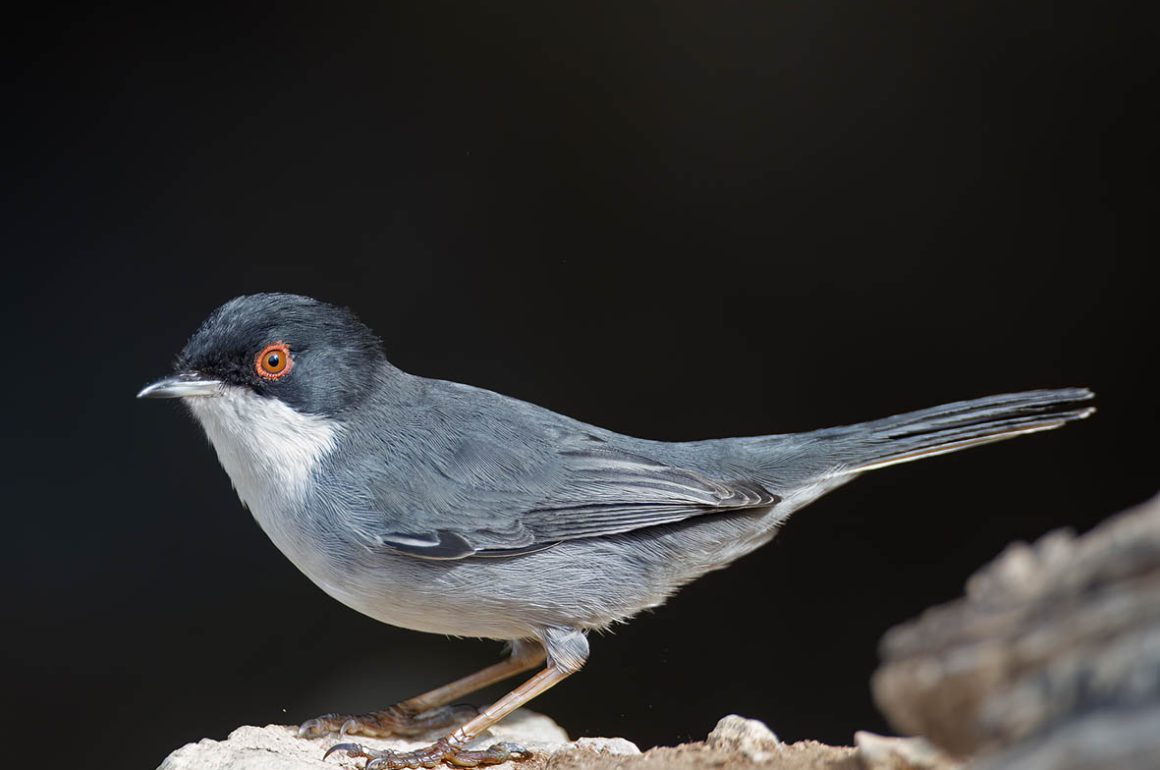
The days are getting noticeably longer now. The sun sets after 630pm and the Upper Rock Nature Reserve is looking lush and green, thanks to the autumn rains. The Paper-white Narcissi, which were in full flower before Christmas, are gone. Clematis, another season starter, is now showing it’s “old man’s beards” everywhere as it prepares to disperse its seeds. The almonds are blossoming and honeysuckle and lavender are in flower.
It’s a great time to wander up here in search of birds, always now with the hope and expectation of seeing a new arrival. It could be a Great Spotted Cuckoo (Clamator glandarius) or perhaps a Hoopoe (Upupa epops). Some Hoopoes stay in the Iberian Peninsula all winter but not here in Gibraltar, which means that any spotted are migrants.
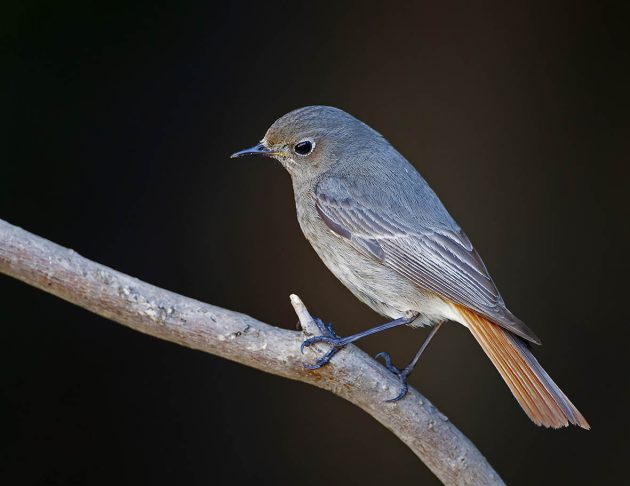
The winter visitors are still here, though getting ready to go in a few weeks’ time. Black Redstarts (Phoenicurus ochruros) still feature prominently among these, perching boldly on rocks, posts or fences. Chiffchaffs (Phylloscopus collybita) and Robins (Erithacus rubecula) are also starting to fatten up for the journey north.
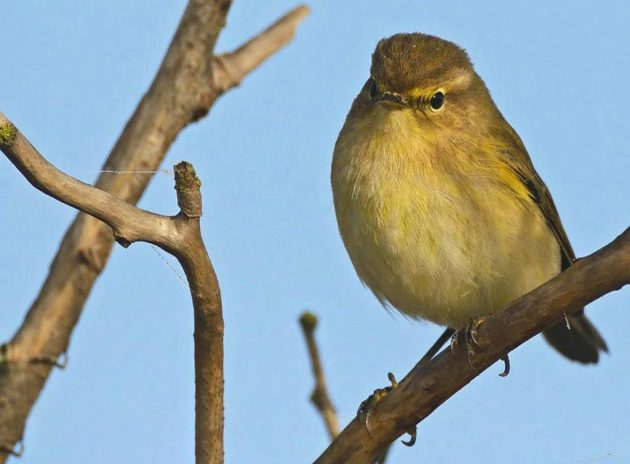
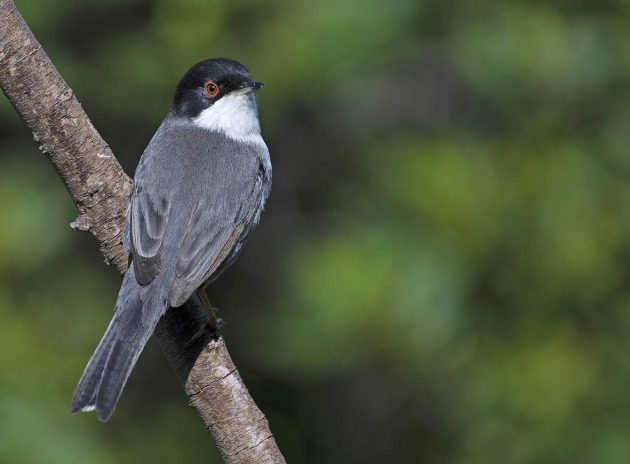
One of my favourite birds, a resident, is now in splendid plumage and starting to set up breeding territories. The chatter of the Sardinian Warbler (Curruca melanocephala) is as much a marker of this time of the year as any migrant or winter visitor. These warblers inhabit the dense wild olive maquis. As spring progresses, and the days get longer, the chatter will become a string of chatters, which we call song. For them, it’s a status symbol – this is my territory so keep away! As Sardinian Warbler breeding affairs intensify, the song is not just delivered from inside a bush. The male flies vertically into the air above its song perch and delivers its aria in mid-air.
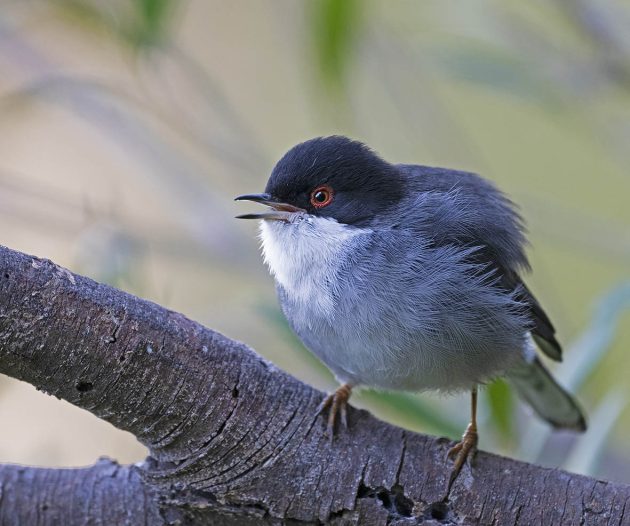
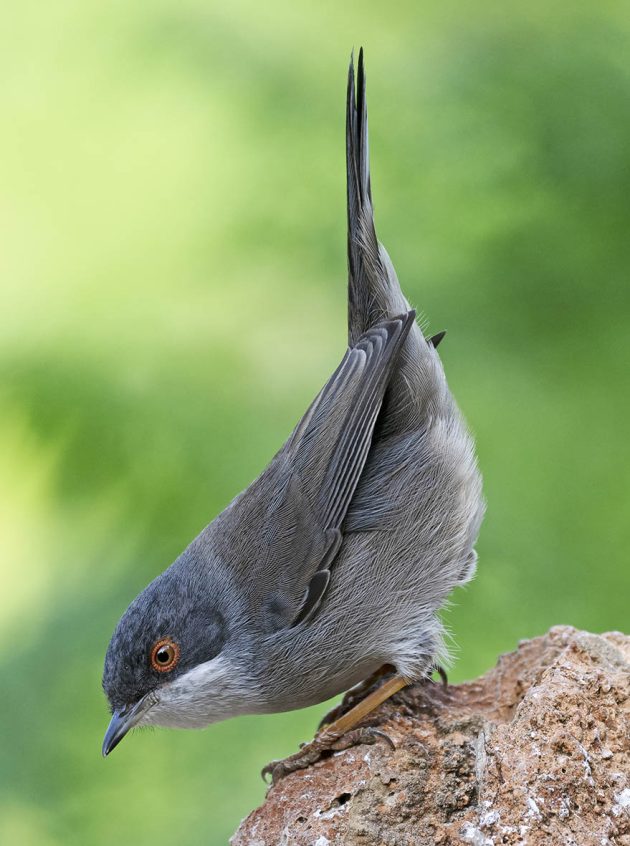
Come March, and it isn’t just fellow Sardinian rival males that have to be contended with. Living in a migratory hot spot presents its difficulties if you are a Sardinian Warbler. Suddenly, out of nowhere, strange intruders may descend into your territory. Where did they come from? Time now has to be spent chasing off Western Subalpine Warblers (Curruca iberiae), Spectacled Warblers (Curruca conspicillata), Common Whitethroats (Curruca communis), strangers with even longer tails than you (Dartford Warbler, Curruca undata), and veritable giants (Western Orphean Warbler, Curruca hortensis).
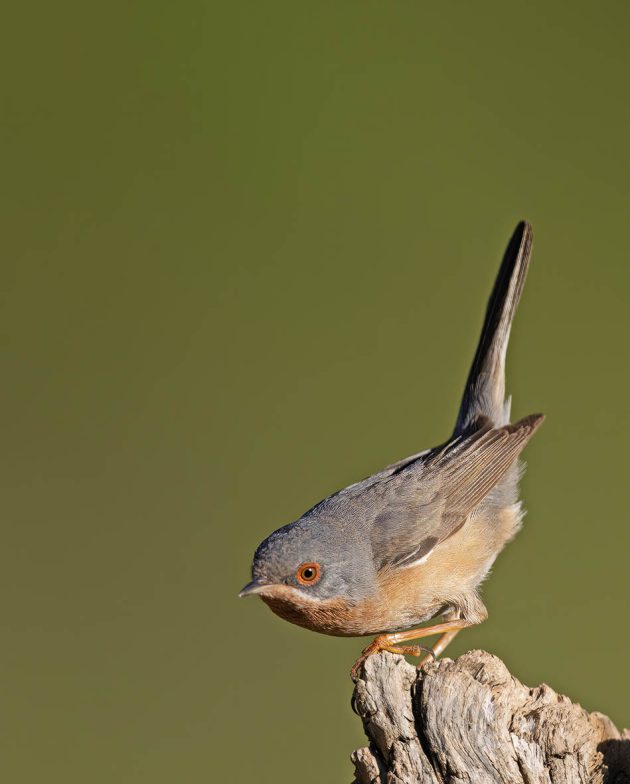
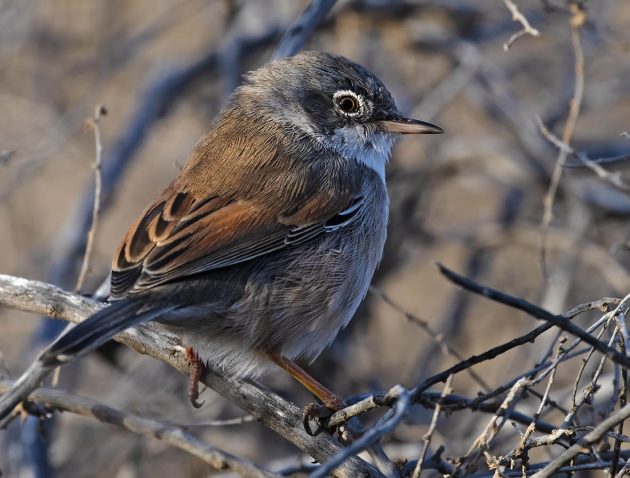
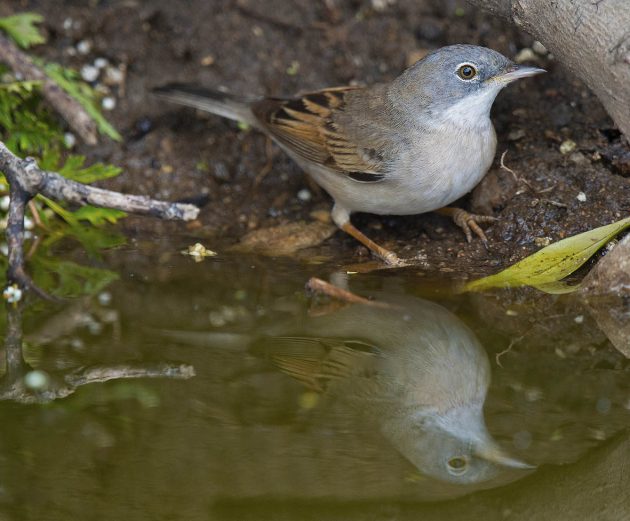
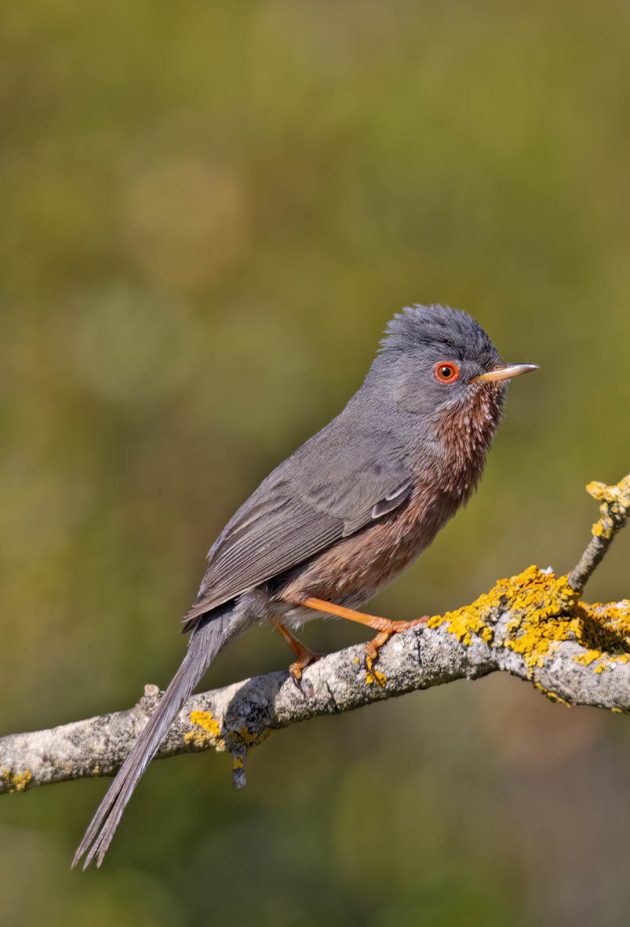
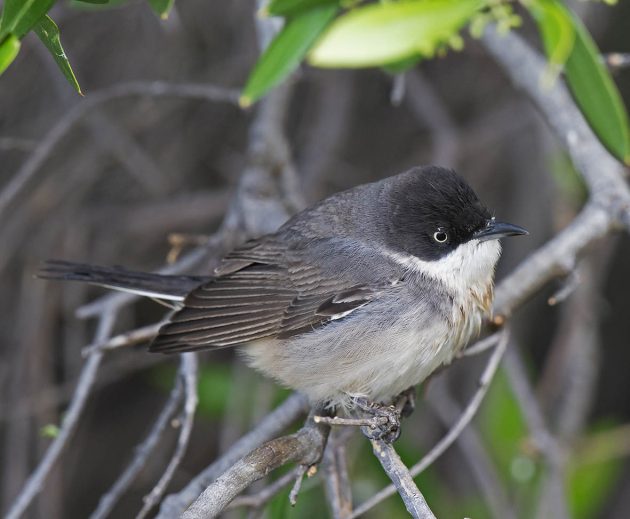
But all this is over a month away. For now, the Sardinian Warblers chatter among the lavenders and brooms, busily catching aphids and small beetles from the foliage, listening out for their partners and ready to chase off intruders.
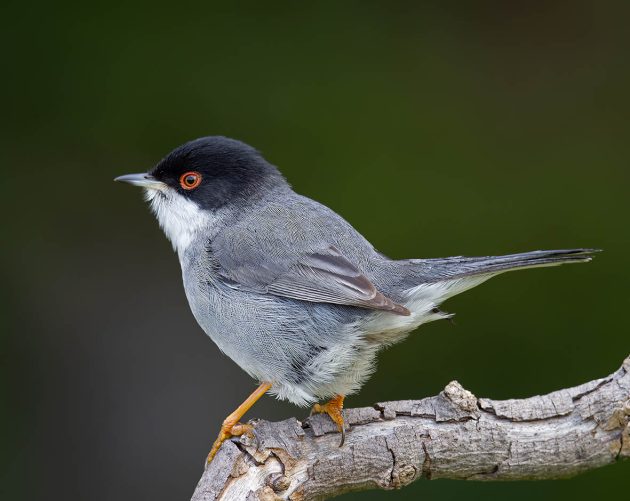





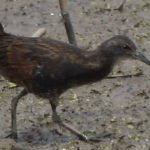

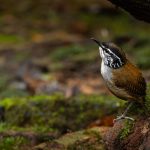


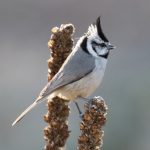
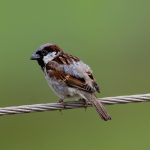
Great series of photographs of the Sylvia warblers. I also like the Sardinian a lot – there’s a subtle beauty there.
Thanks Peter. Yes, Sardinians are special, if somewhat overlooked
Parece que no es fácil ser curruca cabecinegra en el Peñón.
¡Me encanta ver que nos lee gente de habla hispana!